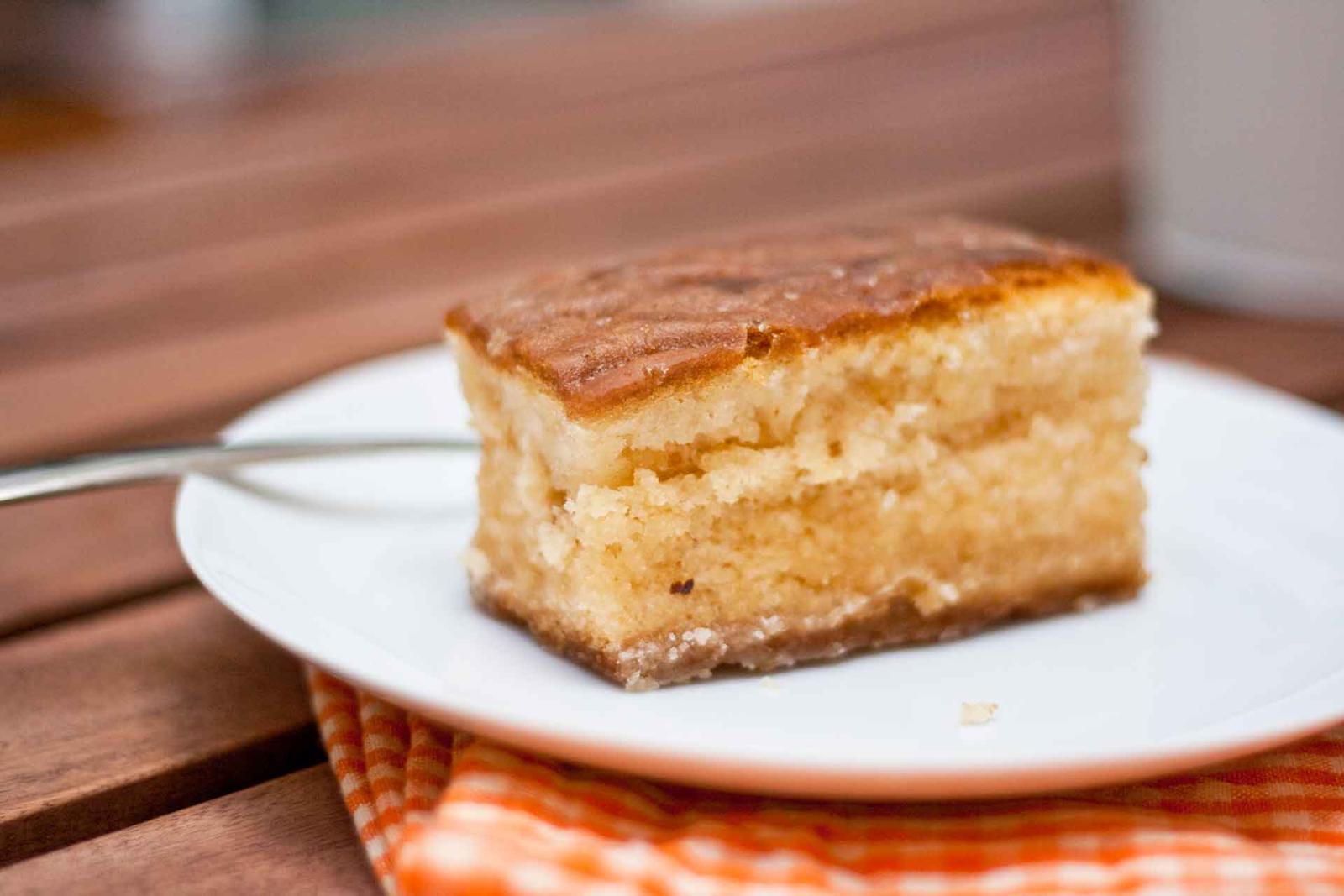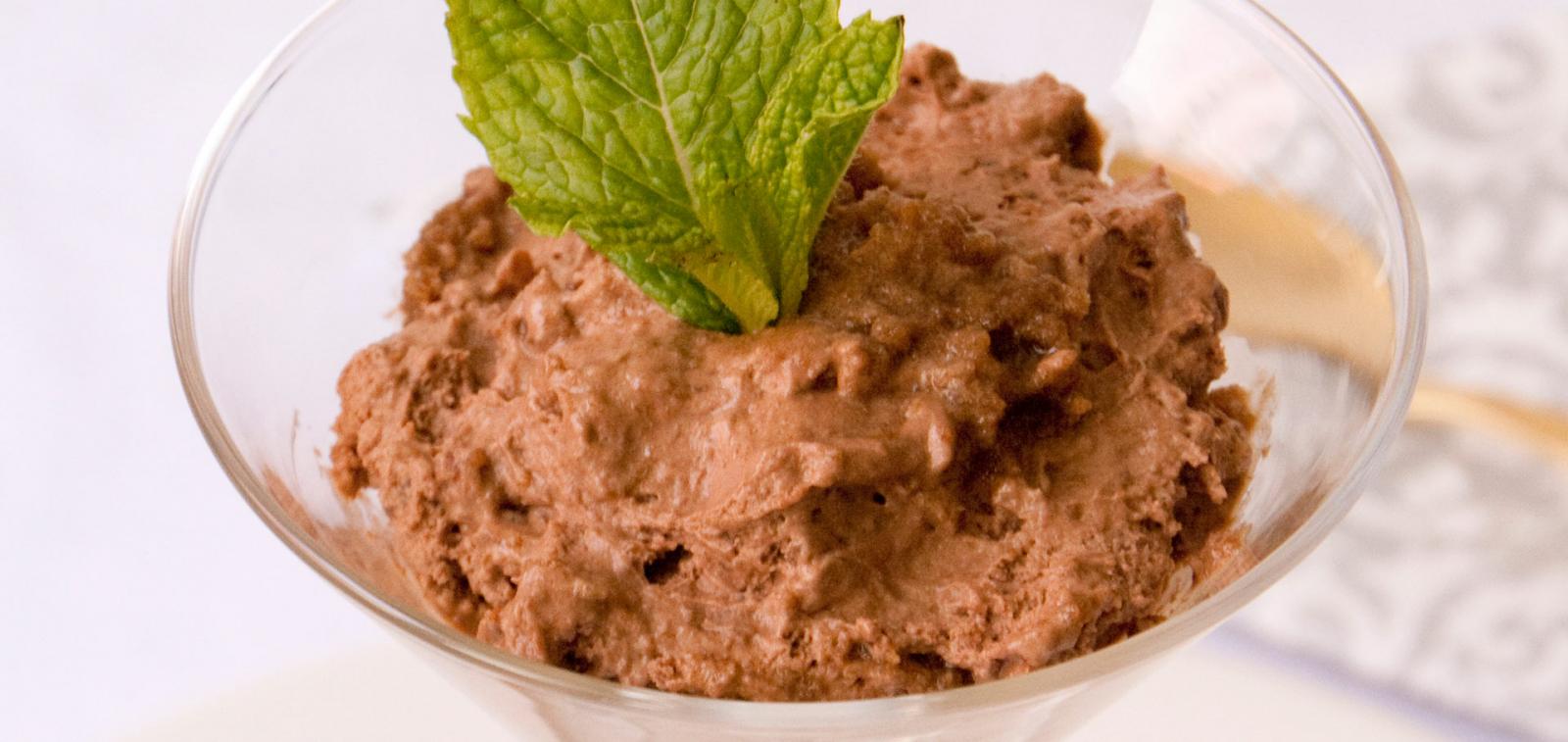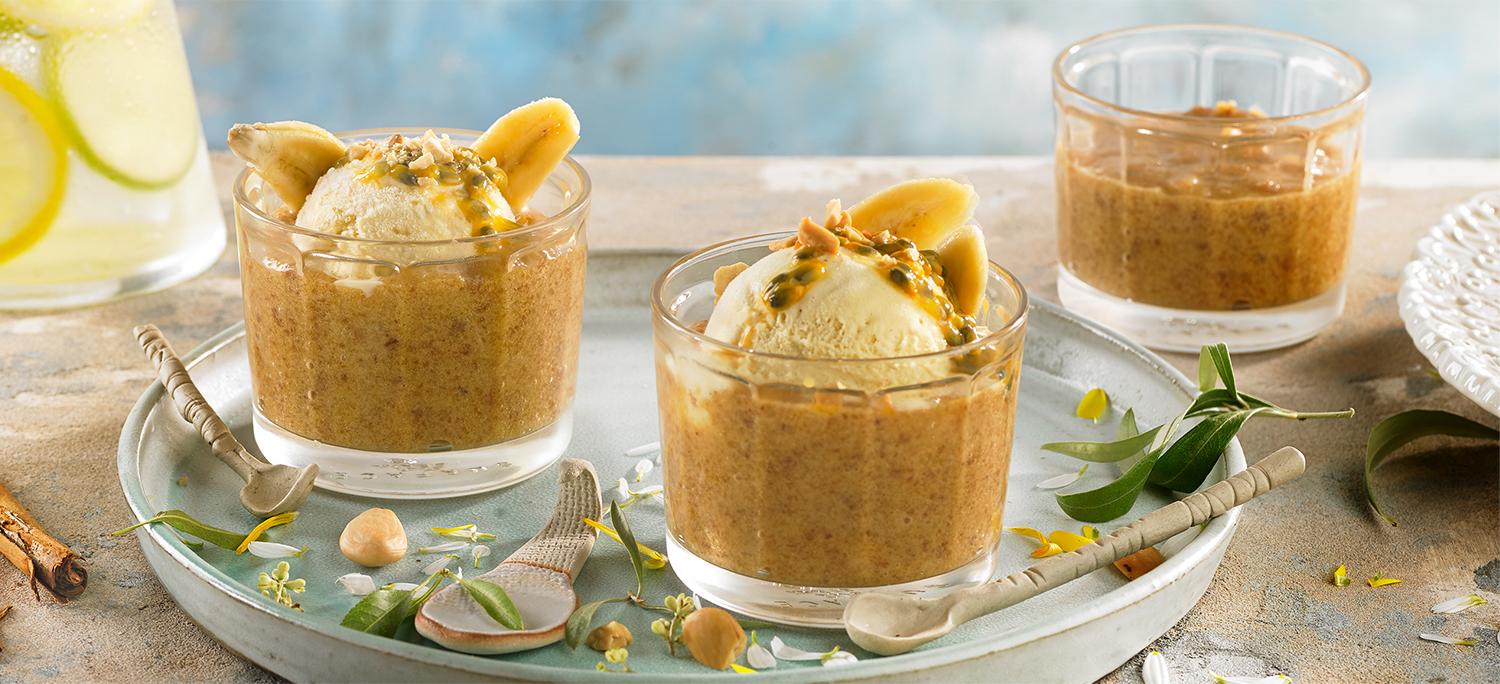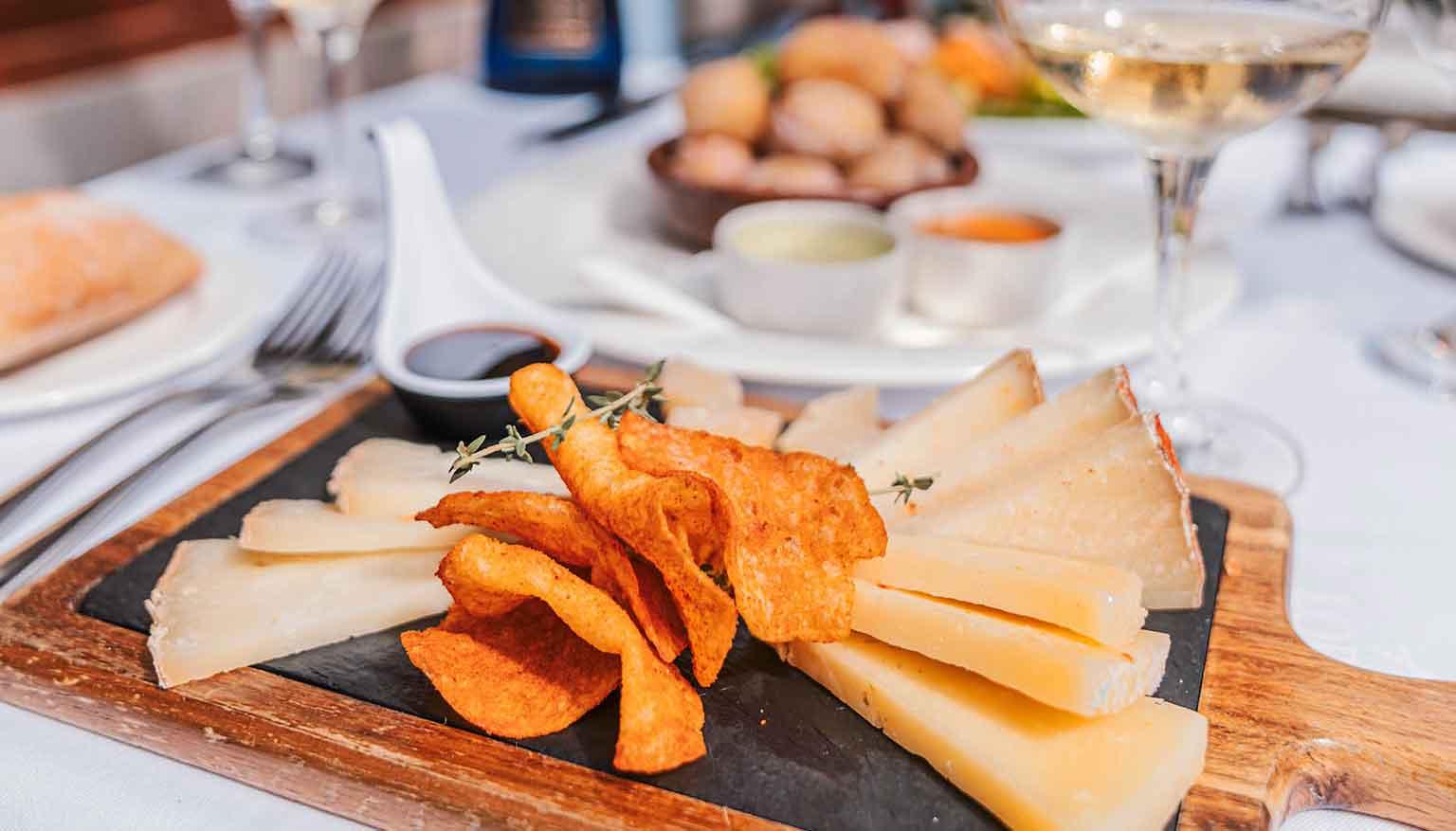Sugar and sweets have always played a fundamental role in the history of La Palma. It was not in vain that the first export crop, brought by the Flemish, Portuguese and Andalusian colonists who settled in the early 16th century, was sugar cane. Confectionery is the greatest treasure of the gastronomy of an island, where the crisis involving sugar cane plantations and sugar mills forced the transformation of sugar into sweets, jams, preserves, cakes and rosquetes.
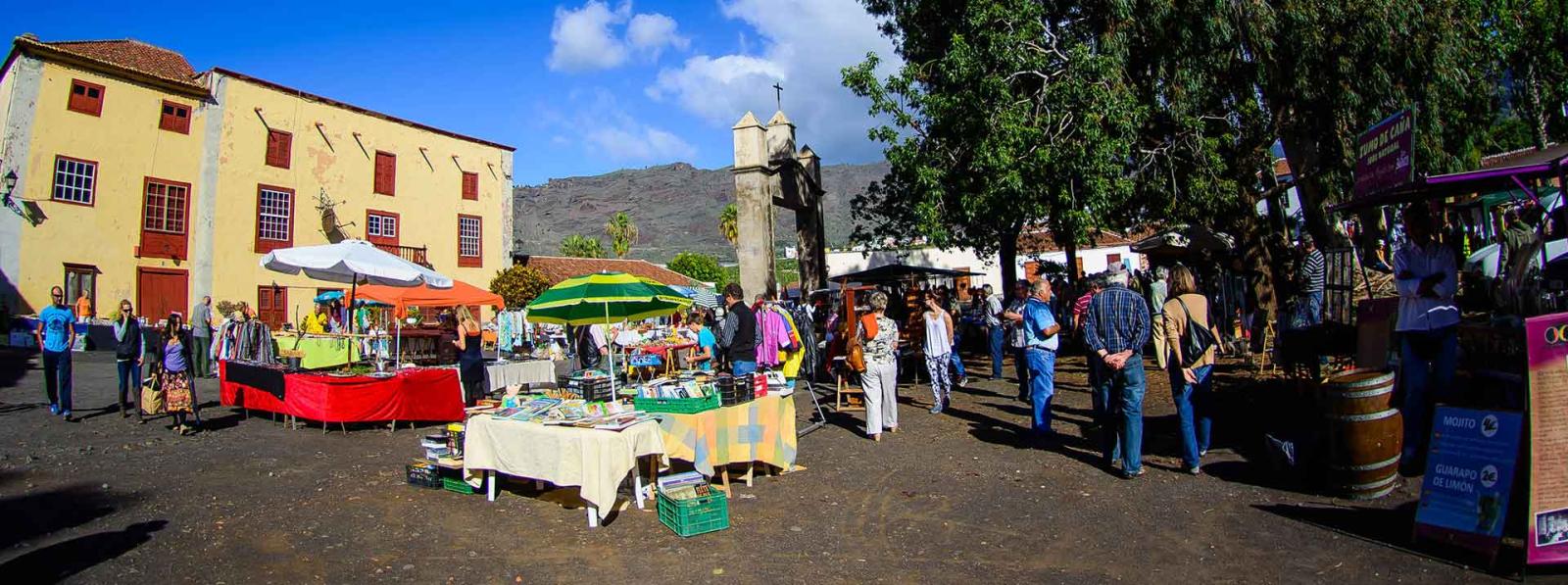
Beyond its nature and cultural richness, La Palma is known for its great variety of traditional sweets and desserts. Created in an artisanal way, in wood-fired ovens, you just have to visit some of the Farmer's Markets on the island in order to taste them, or try them at the end of a meal in a restaurant, or even buy them in small shops, stores and supermarkets. Made with almonds, cinnamon or lemon, the offer is as wide as it is delicious. This is a guide to the most famous sweets on the island.
Desserts with their own name: Bienmesabe and Prince Albert
Bienmesabe is the favorite dessert of most inhabitants and visitors. This is a traditional palm tree delicacy made with ground almonds , sponge cake, sugar, lemon zest and eggs. It is usually eaten with a scoop of vanilla ice cream.
Another dessert that has been gaining popularity is called Prince Albert. It is made of chocolate, almonds and sponge cake. Whipped cream is added to this delicacy, which increases its flavor.
Sweets That Conceal Secrets
Almendrados have a secret: the almond flavor is much more noticeable and they are crunchy and tender at the same time. They are manufactured in round shape and are made from almond.
Rapaduras are a lot of fun to look at and even more fun to eat. They are conical in shape and their main ingredients are cane honey, gofio, sugar, almonds, cinnamon and lemon; from these come other varieties such as milk, chocolate, coconut and egg rapaduras.
Sweets for Special Occasions
Something that is very typical of La Palma is pan de leche, which is made with flour and curdled milk, sugar, eggs, cinnamon and lemon zest. And we can’t fail to mention the almond cheese, with eggs, lemon zest and cinnamon, in addition to the almonds. It is also recommended to eat, in a simple way, an ice cream at the edge of the sea, prepared in an artisanal manner..
There is a lot of talk about whether the Barraquito was born on La Palma or Tenerife, but on the Isla Bonita it’s said that it was a native of La Palma who first prepared it. Although it’s a coffee, it’s also a delicacy, because condensed milk, a little bit of lemon peel, cinnamon and Licor 43 are added for taste.
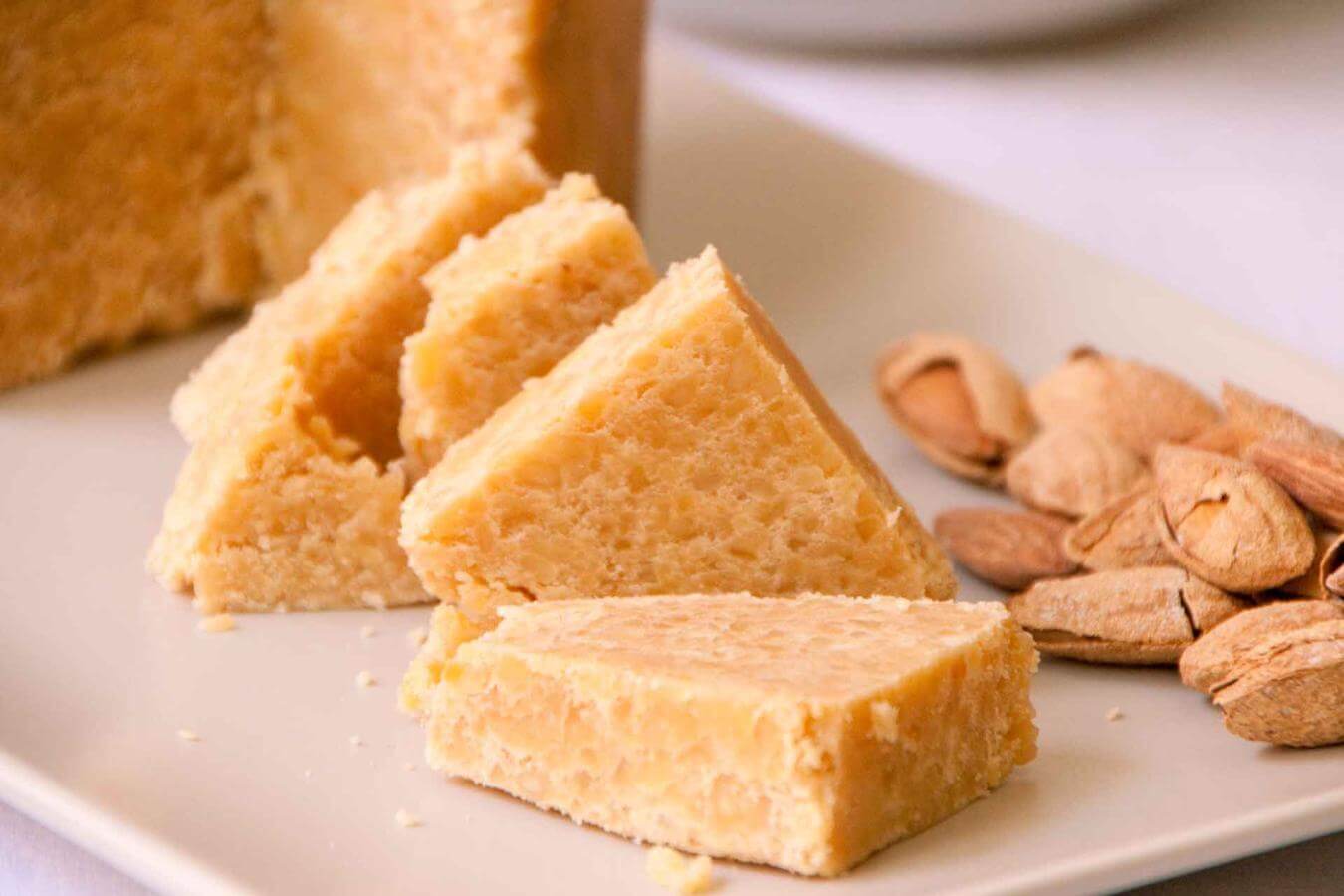

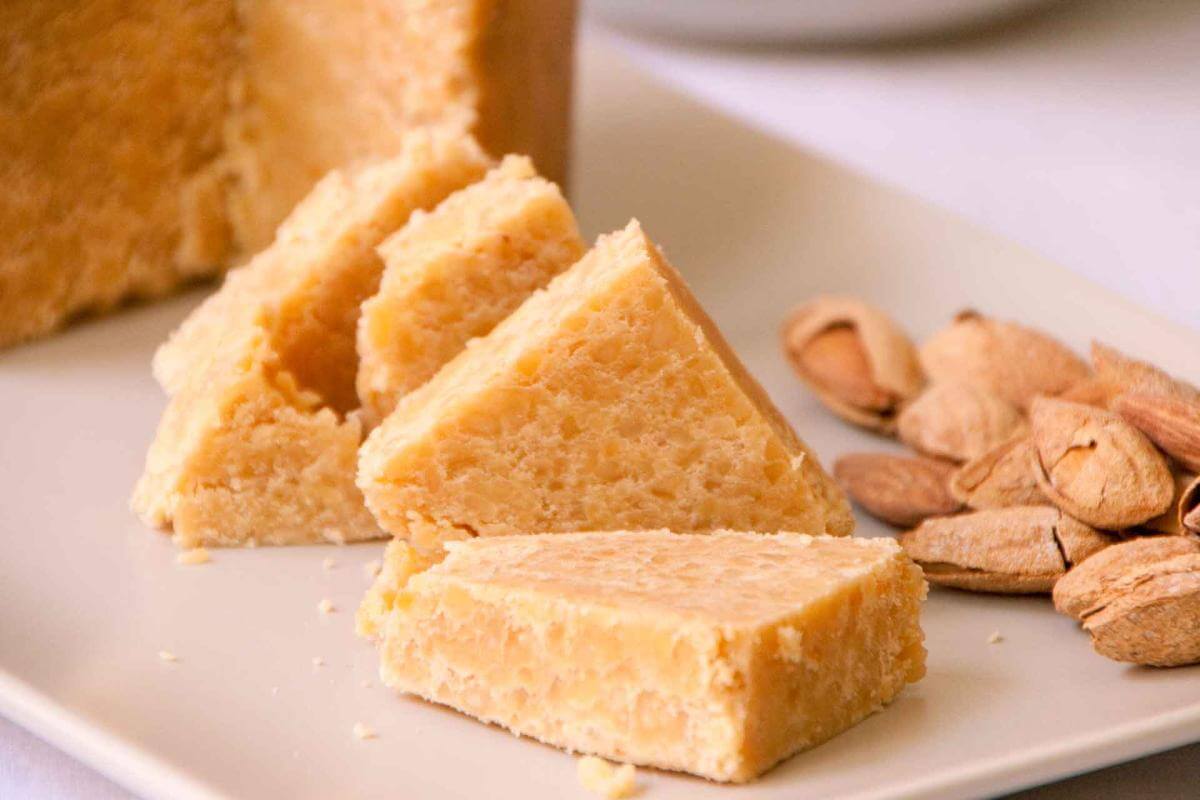
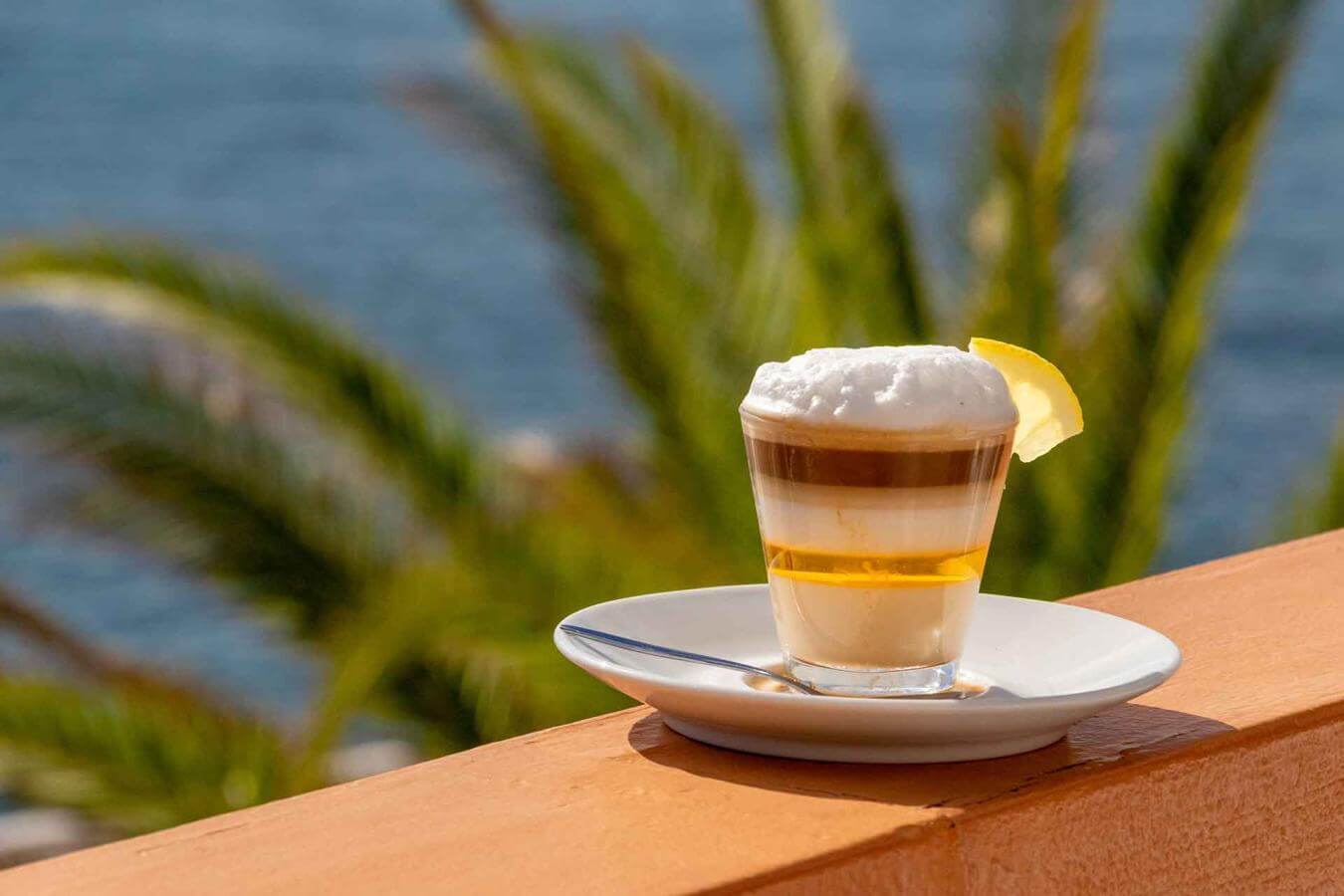

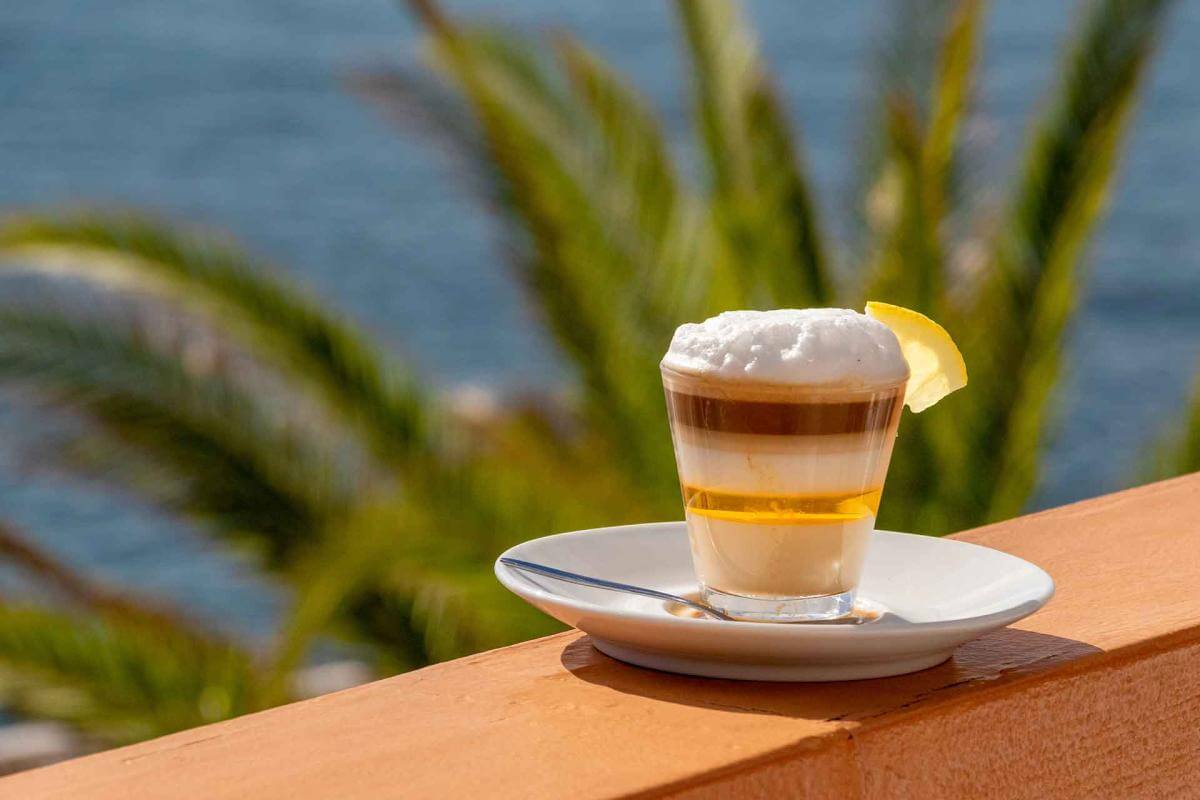
There is a sweet that can never be absent from the palm tree tables at Christmas time, especially for breakfast on New Year's Day and Epiphany: "pan de manteca" or "roscas" as it’s also known by Palmerians.
Honey soups are also typical of La Palma and are made for the Carnival season, especially for the Indianos. Grandmothers have passed the recipe from generation to generation for eating at home and offering to visitors. This dessert comes from the workers in the old sugar cane fields of the island. They dipped their bread in the sugar cane syrup “soup”. Nowadays, they are prepared with this same syrup or honey, and crushed almonds, not milled and toasted, are also used.
Sweets Typical of a Pope
The marquesote palmero is a sweet for filling your mouth and, in fact, overflowing with it. These are sponge cakes made of wheat flour, eggs and sugar, cut into lozenges, some of them soaked in syrup and others covered with stiff egg whites.
The fame of these sweets travels back centuries. It was in the 19th century that sweets arrived to the tables of the Vatican. In 1823, the Italian canon Juan Maria Mastai Ferreti, later named Pope Pius IX, visited La Palma on his way to Chile. During his stay on the island, Louis Van de Walle, Marquis de Guisla, offered him a breakfast with local pastries. It is said that the canon showed a predilection for the small marquesotes, without honeydew and filled with sweetened cream. After his election as Pope, these sweets became popular in La Palma under the name of piononos; according to Luis Van de Walle, "they have been called piononos since Cardinal Mastaj acceded to the papacy and we will take advantage of any occasion to send them to Rome, so that they may alleviate the worries that the Christian world is now experiencing."
